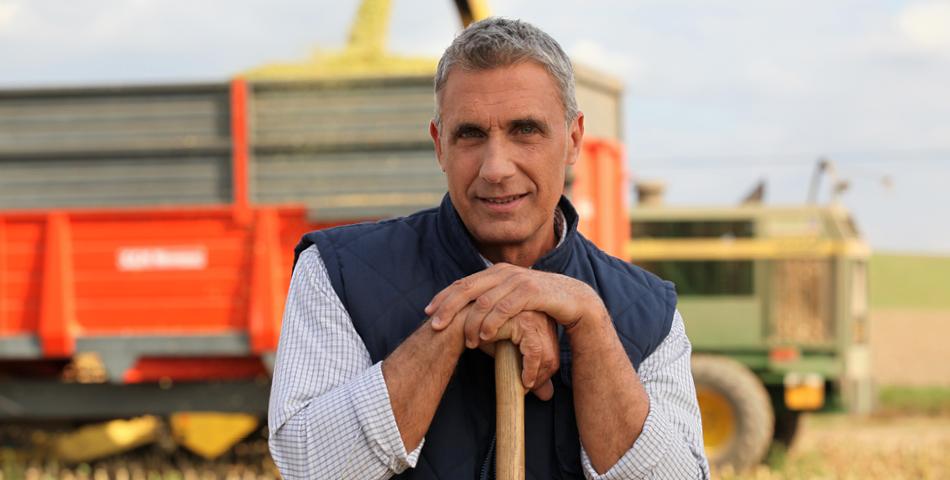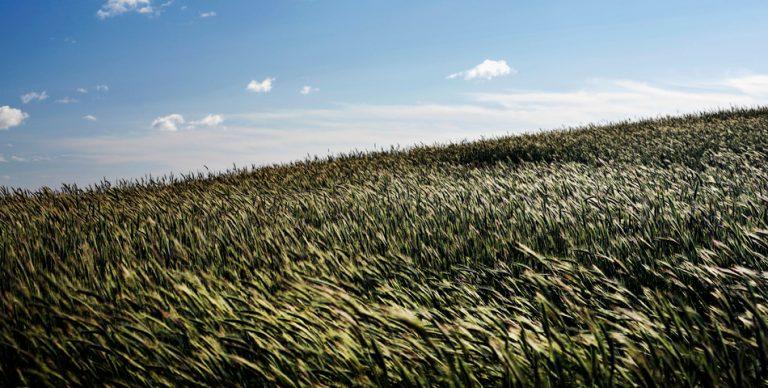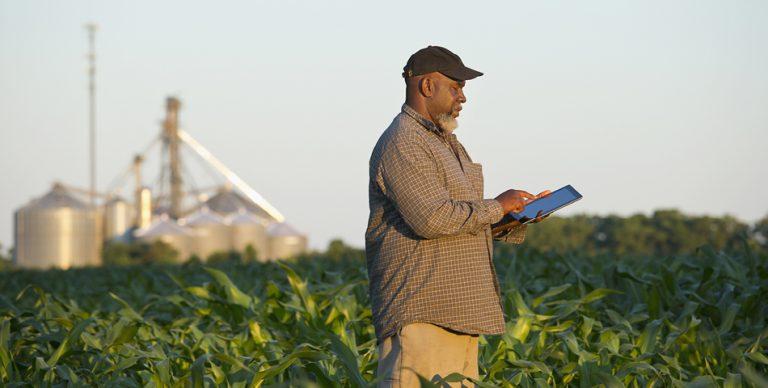Ways Farmers Support Biodiversity on the Farm
Farmers realize the importance of biodiversity. Thanks to the combined efforts of many groups in agriculture, farmers today have access to a variety of tools and practices that help them grow crops in a sustainable way that protects biodiversity.
This definition from a University of Tennessee Extension bulletin, “Increasing Farm Biodiversity,” defines biodiversity as: “Biodiversity refers to the variety of plants, animals and microorganisms above and below the soil that interact within an ecosystem.” The bulletin expands to note that several agriculture practices, such as conservation tillage, crop rotations, cover crops and other practices are important to farm biodiversity. These practices can be implemented in all farming operations – conventional and organic.
“Farmers are stewards of the land and the environment,” said Dustin Spears, a farmer in northern Illinois. “We want to protect the land and the wildlife around us. We live out here, and we enjoy nature as much as the suburban and urban person looking for their weekend getaway.”
There are many agricultural practices that promote biodiversity. Many of the practices listed below have been around for at least 40 years, but they have seen an uptick in interest from farmers in recent years; those involved in agriculture have learned more about the importance of biodiversity on the farm. With more research under way into the benefits of the practices and technologies, we can expect to see more interest down the road. And that’s good for biodiversity.
Farmers are practicing more conservation tillage
Tilling the soil is the practice of using a tool, like a plow, to turn up the soil. This practice helps to: turn over the residue from the previous crop; provide loose soil, which makes it easier for seeds to take root; and disturb weed growth. However, this practice can increase the potential for soil erosion. Conservation tillage minimizes the soil disturbance by using tools that turn over the soil lightly or hardly at all in some cases. The practice can leave some crop residue on the surface to lessen the opportunity for the soil to erode. Conservation tillage is increasing on farms: In 1983, only 17 percent of all U.S. farmland was in conservation tillage. In 2013, that rose to 63 percent. Conservation tillage aids in building organic matter for the soil.
They are planting more cover crops
Cover crops are those planted by farmers in between the harvest of one cash crop and the planting of another. These crops, such as rye or radishes, can assist with soil conservation, keeping soil from eroding and return nutrients and benefits to the soil for future crops. And, cover crops also provide habitat for birds and insects. In a survey by SARE to more than 1,900 farmers, participants increased cover crops acreage on their farms by 30 percent each year because of the benefits they provide.
They rotate crops
Crop rotation is planting different crops in a single field every year. For example, last year a farmer may have planted 50 acres of soybeans, and this year, he or she is planting that same 50 acres to corn. The practice can break disease and pest cycles and can assist in building organic matter. In the United States, between 82-94 percent of all corn, soybean and wheat acres are rotated every year.
Putting land in conservation
In the United States, some farmers receive payments from the government to enroll some of their land in the Conservation Reserve Program, which encourages farmers to “remove environmentally sensitive land from agricultural production and plant species that will improve environmental health and quality.” This land also serves as habitat for wildlife and can improve water quality. As of February 2015, more than 24 million acres are enrolled in this program. In Brazil, farmers are working with Conservation International and local stakeholder to implement better techniques to restore biodiversity in the Cerrado. And in Indonesia, another key biodiversity hotspot, farmers are participating in the Sustainable Agriculture Landscape project, which helps farmers meet the objectives of producing food and conserving habitat. Monsanto is playing a role in working with Conservation International in Brazil and Indonesia.
They plant buffer strips
Buffer strips are wide strips of land, usually grass, between fields of crops that help ease soil erosion and water runoff. These strips of land also can provide habitat for birds and animals. They are particularly beneficial in areas with hilly terrain.
They are using technology to be more precise
Autosteer and GPS on tractors have improved farmers’ precision in planting and harvesting crops, applying fertilizer and spraying for pests and weeds. When farmers have more access to data, they can be more precise in their farming practices, they reduce fuel use, natural resource use and pesticide use by using the right amount of product at the right time in the right spots.
Working with conservation districts and environmental groups
Many farmer groups and environmental groups connect to learn from each other on best practices to improve soil health, water quality and air quality. For example, one such group is the Iowa Soybean Association, which through its Environmental Programs and Services, has a goal of “employing principles of cooperative conservation, planning, applied evaluation and adaptive implementation (to engage) partners in action-oriented, on-the-ground programs, projects and initiatives.”
“We have improved how we farm over time, and while we have some work to do to continue to improve, I’m confident we will continue to balance the needs of producing food sustainably with the needs of the environment,” said Spears. “For example, we want to use the least amount of inputs, such as pesticides, insecticides and herbicides as possible. We don’t want to overuse inputs, as that may impact the environment, and it hurts our bottom line. We are much more precise with our applications. We’ll continue to get better. It’s as important to farmers as much as it is for consumers who eat the food we produce.”




